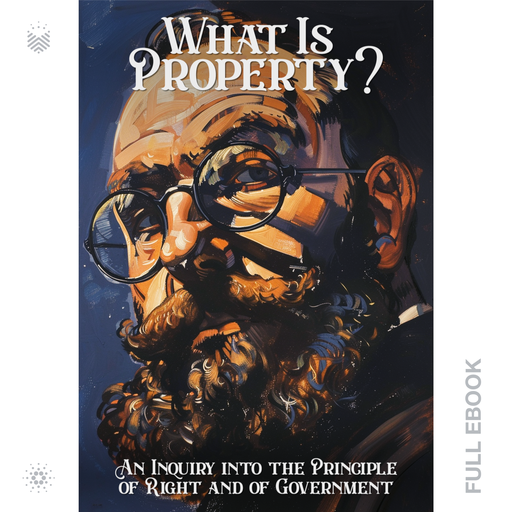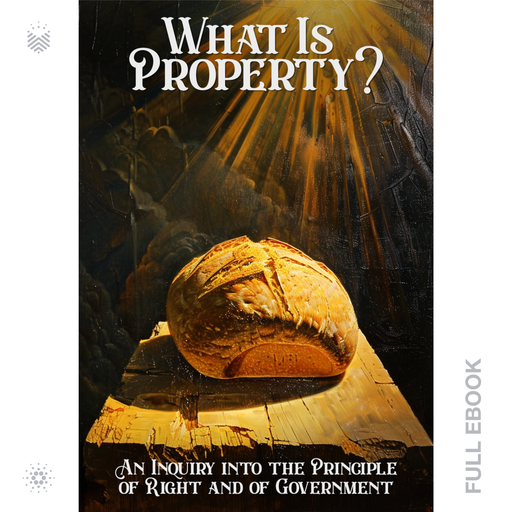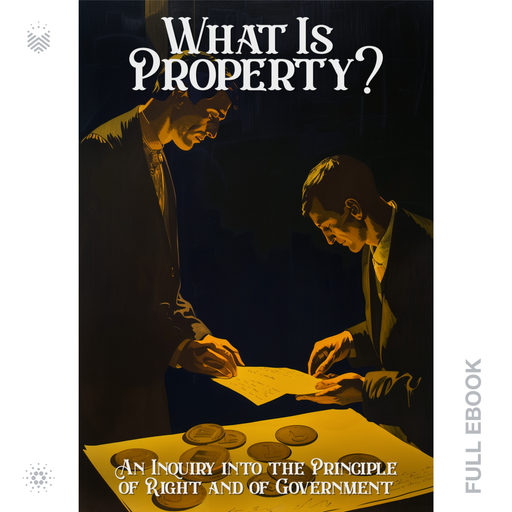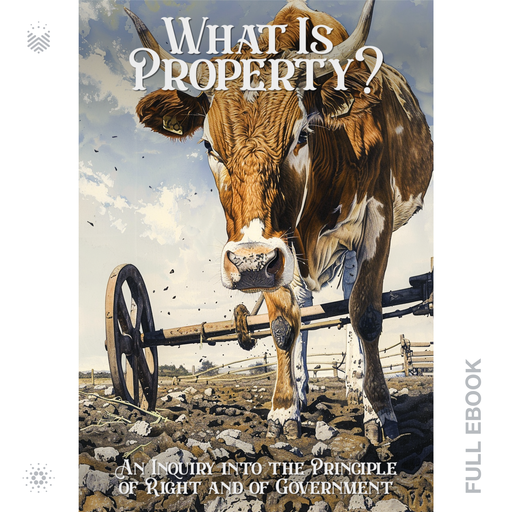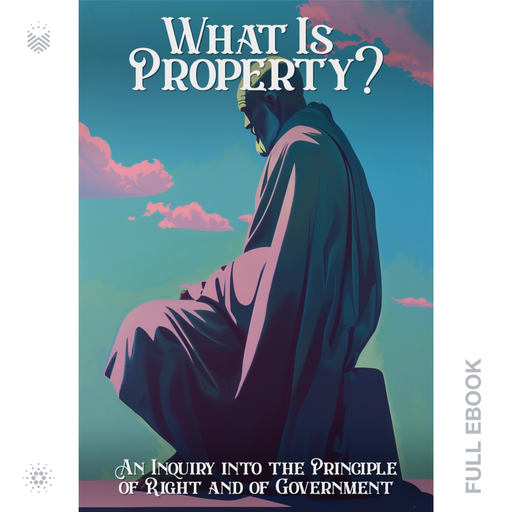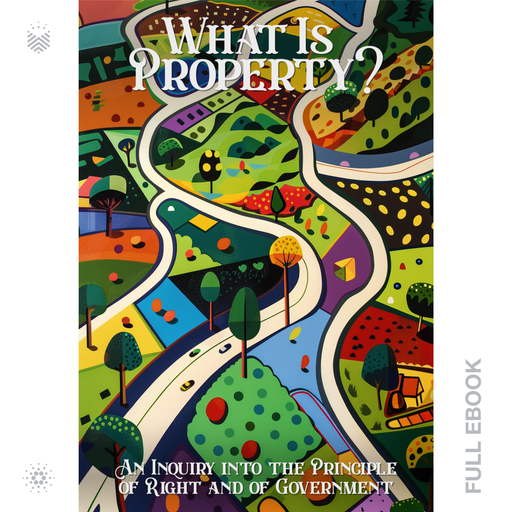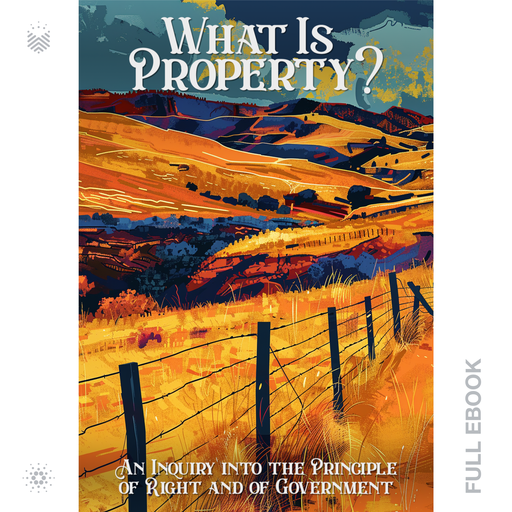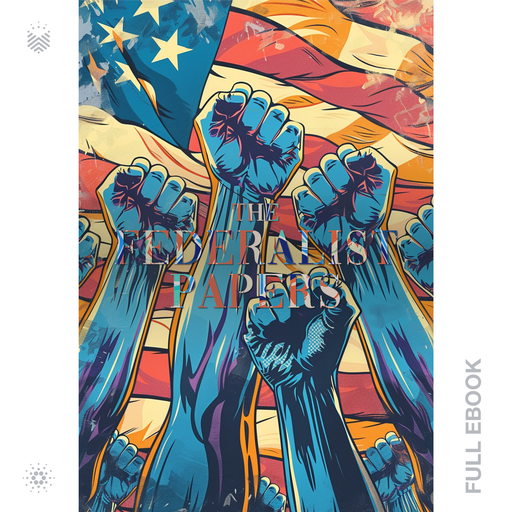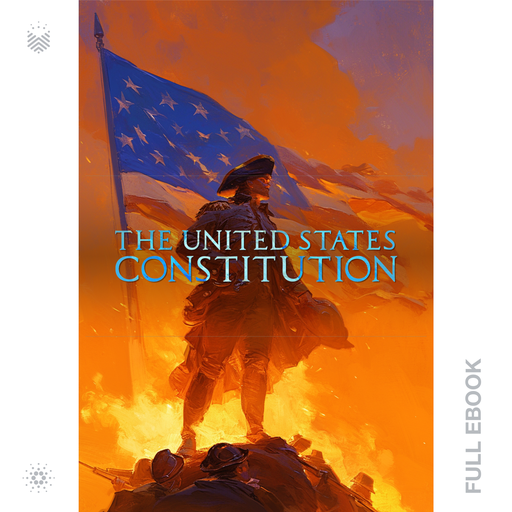Home » Books » What is Property?
What is Property?
An Inquiry into the Principle of Right and of Government
Sold Out - Available On:
jpg.store“What Is Property?” by Pierre-Joseph Proudhon is a foundational work in political philosophy, challenging conventional notions of ownership and advocating for social equality. Published in 1840, it sparked debates on property rights and economic justice.
Description
In “What Is Property?” Pierre-Joseph Proudhon presents a bold critique of the institution of private property, arguing that it is inherently exploitative and unjust. Proudhon asserts that property ownership leads to inequality and oppression, as those who own property exploit the labor of others for their own gain.
Through rigorous philosophical analysis and historical examples, Proudhon challenges the prevailing assumptions about property rights and economic relations. His provocative ideas sparked widespread debate and controversy, influencing subsequent generations of political thinkers and activists.
Proudhon’s critique of private property continues to inspire movements for social change and calls for alternative economic systems that prioritize the well-being of all individuals over the accumulation of wealth by a privileged few.
Numbered eBooks: 1,000
Number of Unique Covers: 56
Number of 1:1 Covers: 30
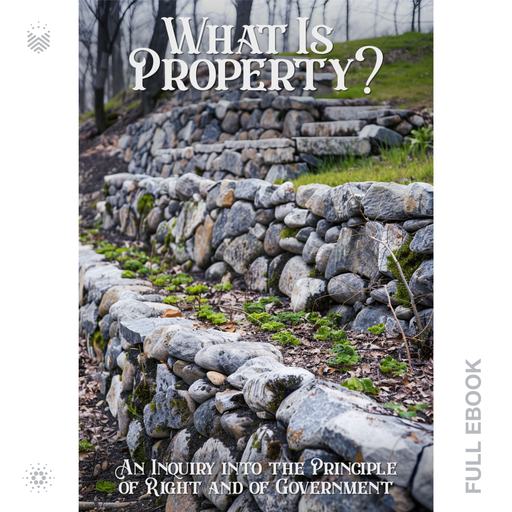
The Property Lines
11 Unique Designs
x 49 Numbered eBooks
= 539 NFT eBooks
eBook Numbers 461 - 999
(53.90% of Supply)
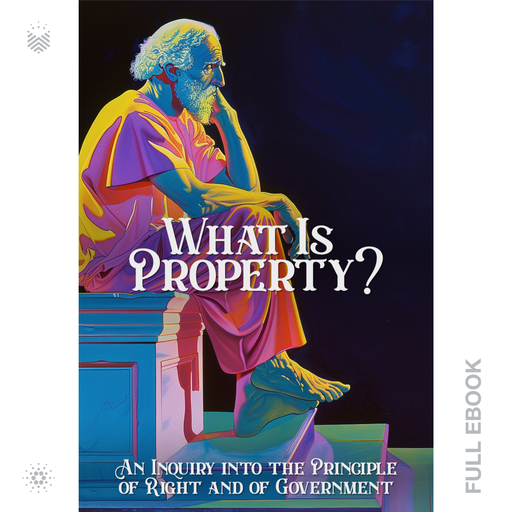
The Philosophical Influence
7 Unique Designs
x 41 Numbered eBooks
= 287 NFT eBooks
eBook Numbers 174 - 460
(28.70% of Supply)
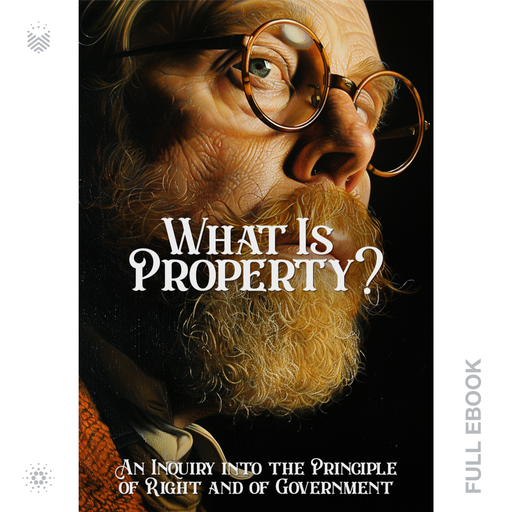
Pierre-Joseph Proudhon
8 Unique Designs
x 18 Numbered eBooks
= 144 NFT eBooks
eBook Numbers 30 - 173
(14.40% of Supply)
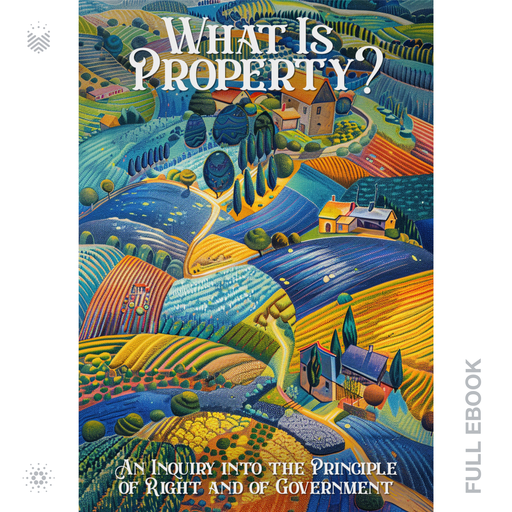
The Plots
9 Unique Designs
x 1 Numbered eBooks
= 9 NFT eBooks
eBook Numbers 21 - 29
(0.90% of Supply)
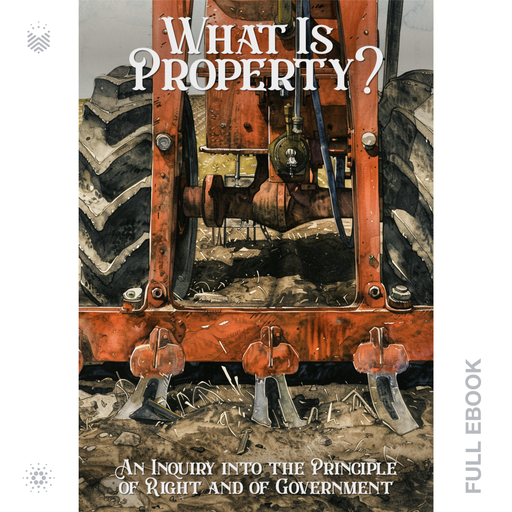
The Means of Production
8 Unique Designs
x 1 Numbered eBooks
= 8 NFT eBooks
eBook Numbers 13 - 20
(0.80% of Supply)
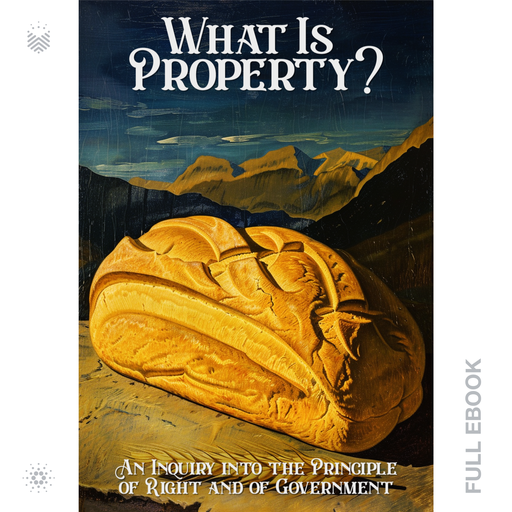
The Bread Analogy
7 Unique Designs
x 1 Numbered eBooks
= 7 NFT eBooks
eBook Numbers 6 - 12
(0.70% of Supply)
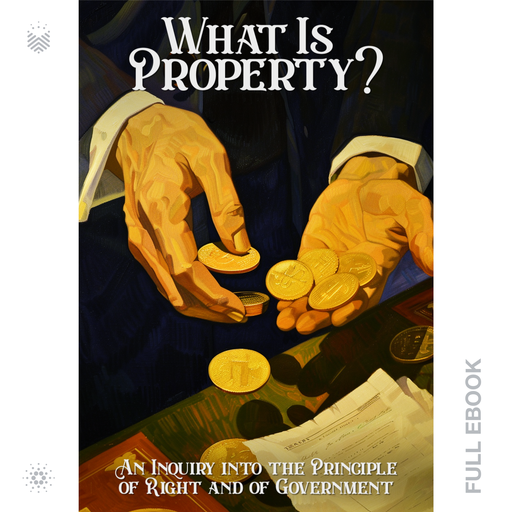
The Deed Exchange
6 Unique Designs
x 1 Numbered eBooks
= 6 NFT eBooks
eBook Numbers 0 - 5
(0.60% of Supply)
Details
Publisher : Book.io
First Publication Date : 1840
Author : Pierre-Joseph Proudhon
Genres: Classics, Non-Fiction, Philosophy, Politics
Language : English
Word Count : 86,000
Format : DEA (Decentralized Encrypted Asset)
Read On : Book.io eReader dApp
Cover Art : Includes 4K hi-resolution book cover
Cardano Retail Price : 14 ADA
Purchase Limit: 5
Cardano Policy ID : 4277636bff20c75ea772904524c228ba8ed25ae0a90db6a68f1ea5a9
Author Info
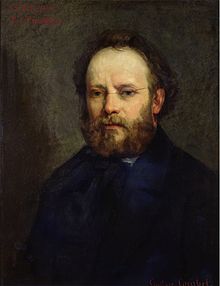
Pierre-Joseph Proudhon
Pierre-Joseph Proudhon (1809-1865), a French philosopher, economist, and politician, is best known for his influential work, "What is Property?" This treatise challenged conventional notions of ownership and advocated for a more equitable distribution of wealth. Proudhon's ideas on property rights and social justice sparked intense debates and laid the groundwork for modern anarchist and socialist movements.
Despite being labeled as an anarchist, Proudhon's beliefs were more nuanced, advocating… Read More
You might also like
by Alexander Hamilton, James Madison
The Federalist Papers also known as The Federalist, comprising of 85 articles and essays, were written by Alexander Hamilton, James Madison, and John Jay between 1787 and 1788. These essays, published under the pseudonym “Publius,” aimed to promote the ratification of the United States Constitution. Addressing various aspects of government structure and individual rights, the papers serve as a foundational text in American political thought.
… Read More
by We the People
The United States Constitution is the foundational legal document that establishes the framework for the American government and outlines the rights of its citizens. Drafted during the Constitutional Convention in Philadelphia in 1787, it was ratified by the states in 1788 and went into effect in 1789.
Read More
by Edward Gibbon
“The History of the Decline and Fall of the Roman Empire” by Edward Gibbon is a monumental work that traces the history of one of the most significant civilizations in human history. Spanning six volumes, Gibbon’s magisterial narrative offers a comprehensive examination of the rise, zenith, and eventual collapse of the Roman Empire.
Read More
by John Reed
“Ten Days That Shook the World” is a book written by the American journalist and socialist John Reed. It provides an eyewitness account of the October Revolution in Russia, which led to the establishment of the Soviet government.
Read More

